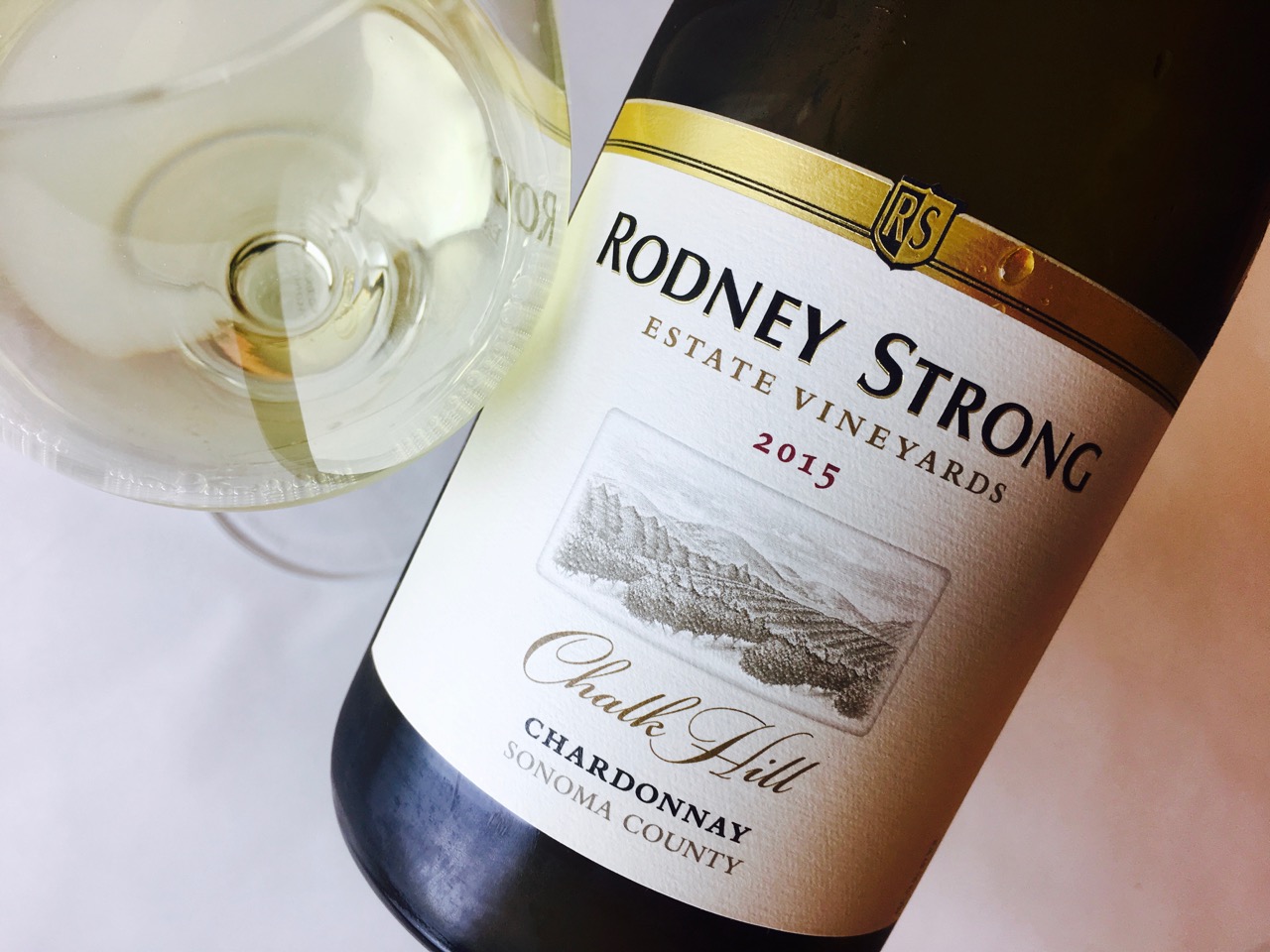A modern technique to clarify and sanitize wine. It may be conducted at various times during winemaking, for example after yeast or malolactic fermentations, before moving wine into barrels for aging, or before bottling. Filtration is done to all types of wine — red, white, and pink.
Winemakers choose a filter size depending on their needs. Thick cellulose pads are used to rid the wine of large particles, a process called gross filtration. These are generally used earlier in the winemaking process.
Thinner polymer membranes filter out debris down to 0.45μm (yeast cells are ten times that size, between 4μm and 5μm). This removes all microbes and their byproducts, plus many other compounds held in suspension. This process is called sterile filtration.
Filtration in general and sterile filtration in particular are controversial because they alter the wine’s colloidal structure and aromatics and can introduce oxygen at unwanted stages. Used aggressively, and especially in combination with fining, filtration can strip a wine of vital organoleptic qualities.
Winemakers who wish to avoid filtration can clarify wine by letting it settle in tank or barrel, then gently moving it, usually by gravity, off its sediment. Winemakers also have other enological options to avoid or treat unwanted microbes. These processes are often more labor- and time-intensive, which renders unfiltered (and unfined) wines more expensive.
« Back to Glossary Index


